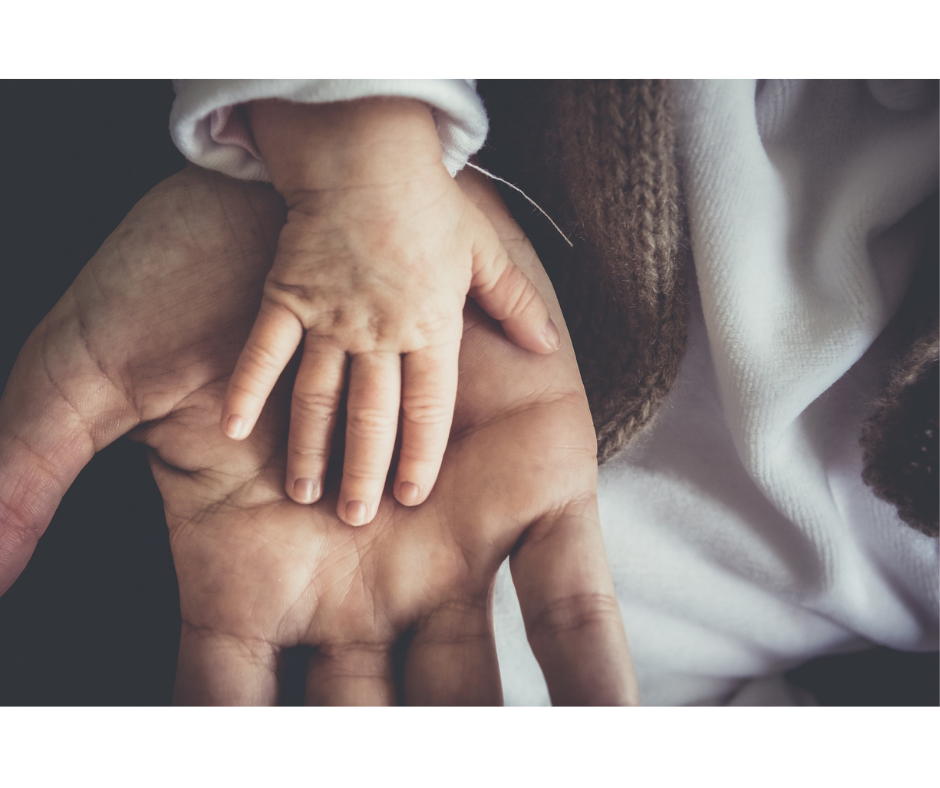Schema Therapy is a theoretically complex model, which means there is a lot to hold in mind when you’re a schema therapist. Although challenging, it is important to retain the main elements of your client’s case conceptualisation during each session so you can apply the schema therapy model precisely. Applying the model precisely means targeting the schemas relevant to your client’s problem during your interventions.
As there is so much to hold in mind, I developed this crib sheet for my supervisees as a quick reference guide to use prior to sessions. It’s a helpful tool to complete in supervision when you’re reviewing your assessment.

Here are the categories:
Core unmet needs: schemas begin as core unmet needs in childhood and this section is a helpful reminder of the core areas where your client didn’t get their needs met. You can use the categories developed by Jeff Young or Remco van der Wijngaart, or focus specifically on what was lacking or traumatic for your client.

Schemas and meanings: what are the key schemas for the problems that your client is working on? Ideally you list no more than 6 here to make it possible for you to remember them. You may find that your client has many more schemas, but only 5 or 6 are relevant for the particular problems you are focusing in on. Once you have your list of schemas, include one sentence that sums up the meaning of that schema for your client. For example, defectiveness might mean ‘I’m bad’ to one client, but another client may describe themselves as ‘broken’. Understanding what that schema means to your client will be helpful when you are offering limited reparenting.
What limited reparenting does this client need? This section focuses on the specific role you need to play as your client’s limited parent. Some clients need clear boundaries as there was a lack of discipline when they grew up, whereas other clients need consistency and predictability because they were emotionally abandoned as a child. This is also a good section to include traps you find yourself falling into with your client that stop their needs being met. For example, colluding with avoidance by changing the focus of the work each session.

Goals: the goals are relatively simple as these are the areas your client would like to work on during therapy. It’s helpful to note these on the crib sheet so you can keep therapy focused and review when you notice you’re straying away from the goals.
Therapeutic Objectives: The easiest way develop the therapeutic objectives is from your mode map of the problem you’re focusing on. Think about what needs to change mode wise to relieve the client’s difficulty. For example, a client with self-criticism related to their performance at work needs to:
reduce the volume of their punitive critic mode
process distressing memories from school where they were humiliated to heal the defectiveness schema and reduce the sensitivity of the vulnerable child mode
replace the compliant surrenderer mode with the healthy adult to put boundaries in place with others when they are critical

Try and complete one of these crib sheets for each of your clients (alongside a mode map) to help you hold in mind all of the important aspects of your client’s case conceptualisation so you can apply schema therapy effectively.
Download your copy here:
I hope you find it helpful!

Comments